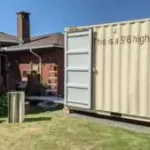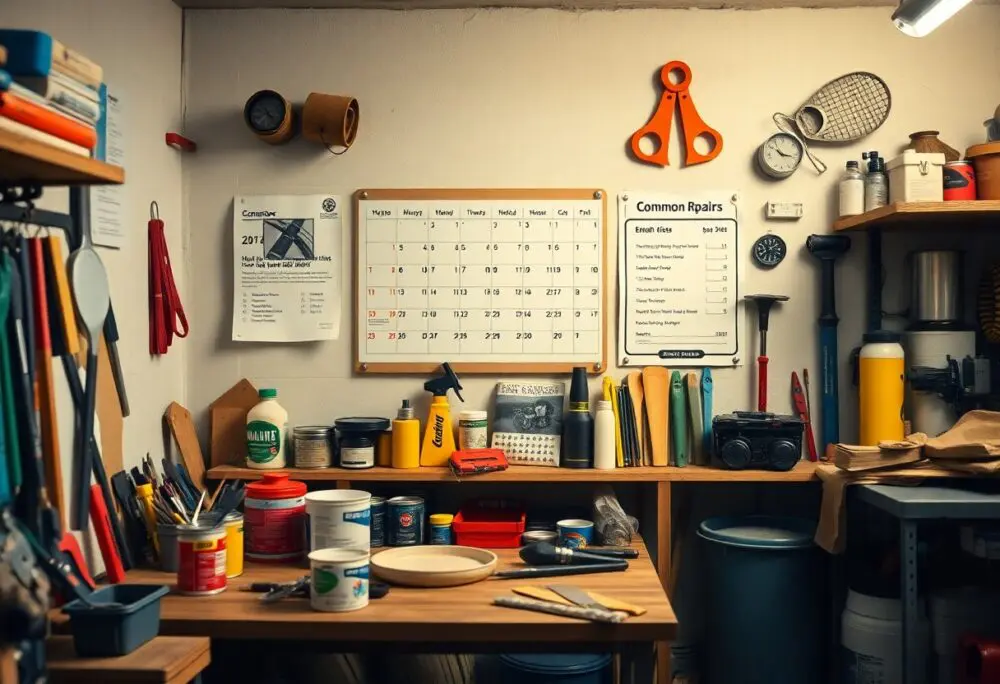Estimated reading time: 4 minutes
Table of contents
Summary
As a homeowner, you’re bound to face a variety of home improvement tasks. Understanding what to expect and how much to budget for each project is key. Your home is a significant investment, and maintaining or improving it can increase its value and make it a more comfortable living space. You can take control of your home improvement projects by considering the cost of materials, labour, and any necessary permits or inspections. Your budget will be your guide, determining the scope and complexity of the tasks you can undertake.
Assessing Your Home’s Condition
When tackling common home improvement tasks, the satisfaction of a job well done is within your reach. Start by assessing your home’s condition and identifying areas that need attention. You may need to repair or replace worn-out fixtures, update outdated systems, or make cosmetic changes to enhance the aesthetic appeal of your home. Your first step will be to create a list of the tasks you want to accomplish and prioritize them based on their urgency and importance. You can then start researching the materials and tools you will need for each project and estimate the costs involved. Your goal is to complete each task efficiently and effectively while staying within your budget, a feat that will bring a sense of accomplishment.
Budgeting for Home Improvement
You will need to consider the cost of hiring professionals for tasks that are beyond your expertise or require specialized skills. Your decision to hire a contractor or DIY will depend on the complexity of the task, your level of comfort with the work involved, and your budget. You should get quotes from multiple contractors and compare their prices, services, and reputations before making a decision. When negotiating with contractors, consider asking for a breakdown of costs, discussing potential cost-saving measures, or inquiring about any discounts they may offer. Your contractor should be licensed, insured, and experienced in the type of work you need to be done. You should also ensure that you have a clear understanding of the scope of work, payment terms, and any warranties or guarantees provided.
DIY vs Hiring Professionals
Some common home improvement tasks and their estimated costs include painting a room ($200-$500), installing new flooring ($500-$2,000), and updating lighting fixtures ($100-$500). As you evaluate these costs, remember the long-term benefits of each project, such as energy efficiency or increased property value. These benefits will reassure you that your investment is not just for the present, but for the future as well. You can save money by shopping for materials during sales, using coupons, or repurposing items you already have. Your ability to negotiate prices and find deals will help you stay within your budget.
Common Home Improvement Projects and Costs
Finally, you should be prepared for unexpected expenses and have a contingency plan in place. Your home improvement projects may encounter unforeseen issues, such as structural damage or necessary upgrades, that will require additional funding. These unexpected expenses can significantly impact your budget, which is why it’s crucial to have a budget cushion. A budget cushion is an additional amount of money set aside specifically for unforeseen expenses. It can help you avoid financial stress and ensure that your project can continue even if unexpected costs arise. Your goal is to complete your home improvement tasks successfully, and with careful planning and budgeting, including a budget cushion, you can achieve your goals and enjoy your newly improved home.
Preparing for Unexpected Expenses
Your home improvement tasks may encounter unforeseen issues, such as structural damage or necessary upgrades, requiring additional funding. These unexpected expenses can significantly impact your budget, so having a budget cushion is crucial. A budget cushion is an extra money set aside expressly for unforeseen costs. It can help you avoid financial stress and ensure your project can continue even if unexpected expenses arise. Your goal is to complete your home improvement tasks successfully. With careful planning and budgeting, including a budget cushion, you can achieve your goals and enjoy your newly improved home.




